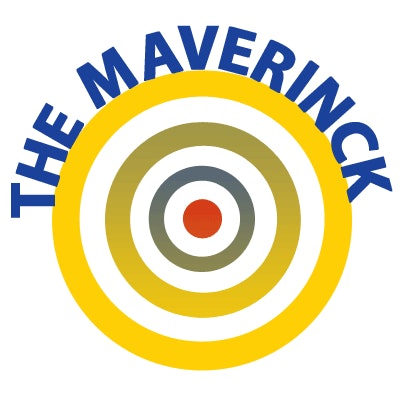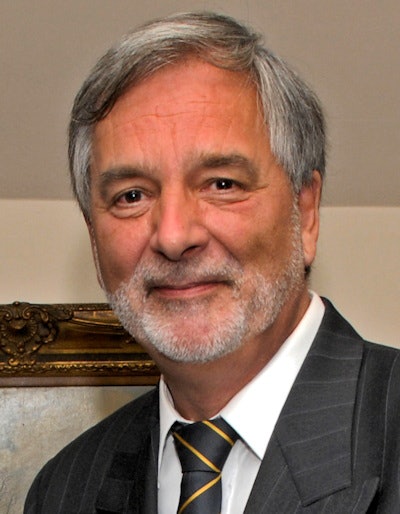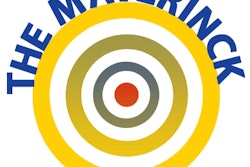
Praised a long time in advance, a U.S. study into the reproducibility of relaxation time values in MRI was published on 30 June 2021. It was a collaboration between the U.S.-American National Institute of Standards and Technology (NIST) and the International Society of Magnetic Resonance in Medicine (ISMRM).1
The study used two methods to measure T1 relaxation constants in phantoms on different MR machines.2 The reference standard was an inversion recovery pulse sequence and the second sequence was one of the (black box) accelerated data acquisition algorithms commonly used today on MRI machines. Comparing measured values with known T1 values in a phantom was to help unravel various possible sources of distortion.
 Dr. Peter Rinck, PhD.
Dr. Peter Rinck, PhD.The outcome of the study demonstrated that MRI-based calculations of T1 are subject to significant bias and variation. The fast T1-mapping estimations revealed substantially greater deviations than the calculated T1 values of the inversion recovery measurements.
The authors found that there was discrepancy between different vendors, but without a consistent pattern, and they stated in their evaluation that clinicians are unable to translate (what they describe as) "a diagnostic threshold T1 value" determined on one MRI system to other MRI systems. In other words, they perceived that the general validity implied by the term "quantitative MRI" is just fiction and they endorsed the scientific findings of the last four decades.
The paper was written in rather clumsy and circuitous language, beating around the bush. One gets the impression that the results had to be presented but were not really appreciated. The knowledgeable reader feels that the references were not selected according to importance but that the authors played dice to find whatever fitted or suited them.
Early days of MRI
Relaxation time measurements were considered very important during the first years of MRI. All machines created true T1 and T2 images (i.e., T1 and T2 mapping), based on spin echo and inversion recovery sequences. After absolute T1 and T2 values had been used unsuccessfully by researchers, combinations of T1 and T2, histogram techniques, and sophisticated 3D display techniques of factor representations were applied for what is called today "fingerprinting" and "biomarkers."
Very early, standardized test objects and the protocols for their use to allow comparable measurements of T1 and T2 precision and accuracy were introduced in the framework of an extensive European project.3 The findings were sobering but scientifically predictable. In particular, the accuracy and precision with which the relaxation times T1 and T2 could be measured from the images were found to be rather disappointing, and the results from different machines did not correspond with each other:
"These limitations present a considerable obstacle to the use of in vivo MR imaging to identify and characterize biological tissue ... The major conclusion of the trial in respect of T1 and T2 measurement was that much work remains to be done before quantitative MR imaging becomes a reality."4
This was known in the field for more than 30 years.5 Strangely, however, the big multicenter studies (heavily supported by the European Union) and their follow-ups were unknown to the authors of the U.S. survey since they are not cited in their papers. Still, the new results confirm and validate the outcome from the 1980s. The helpless and embarrassing statement at the end of the U.S. paper repeats the statement from 33 years ago:
"We suggest establishing rigorous quality control procedures for quantitative MRI to promote confidence and stability in associated measurement techniques and to enable translation of measurement thresholds for diagnostic, disease progression, and treatment monitoring from the research center to the entire clinical community and back."
Quality control turned out not to solve the problem -- from a scientific point-of-view, MRI is a crude and not very exact technology per se.
Repeating and regurgitating studies instead of applying and understanding the existing results does not work out and will not work out; the authors are barking up the wrong tree.6 In many instances, we need tougher supervisors and referees stopping and cutting down faux research. This also includes research in artificial intelligence, biomarkers, and fingerprinting based on messy and not reproducible data. Data analytics may not be as useful in medicine as in administrative tasks and rough guesses at data in what is claimed to be precision medicine are unhealthy.
Recently, the main author of a paper met me with astonishment and incomprehension and just gaped at me when I hinted that she should also read and cite articles published before the year 2000 -- particularly because those articles proved the results of her paper wrong. But wasn't it clear that the results must be like that? The numbers were there. It fitted the agenda not only of this research group but also of the commercial interests behind it.
Dr. Peter Rinck, PhD, is a professor of radiology and magnetic resonance and has a doctorate in medical history. He is the president of the Council of the Round Table Foundation (TRTF) and the chairman of the board of the Pro Academia Prize.
The comments and observations expressed herein do not necessarily reflect the opinions of AuntMinnieEurope.com, nor should they be construed as an endorsement or admonishment of any particular vendor, analyst, industry consultant, or consulting group.
References
1. Keenan KE, Gimbutas Z, Dienstfrey A, et al. Multi-site, multi-platform comparison of MRI T1 measurement using the system phantom. PloS ONE. 2021; 16(6): e0252966. https://doi.org/10.1371/journal.pone.0252966
2. Stupic KF, Ainslie M, Boss MA et al. A standard system phantom for magnetic resonance imaging. Magn Reson Med. 2021; 86(3): 1194-1211.
3. EEC Concerted Research Project. Identification and characterization of biological tissues by NMR. Concerted Research Project of the European Economic Community. IV. Protocols and test objects for the assessment of MRI equipment. Magn Reson Imaging. 1988 6(2): 195-199.
4. Lerski RA, McRobbie DW, Straughan K, Walker PM, de Certaines JD, Bernard AM. Multi-center trial with protocols and prototype test objects for the assessment of MRI equipment. EEC Concerted Research Project Magn Reson Imaging. 1988; 6(2): 201-214.
5. Rinck PA. Relaxation Times and Basic Pulse Sequences in MR Imaging. in: Magnetic Resonance in Medicine. A Critical Introduction. 65-92. Offprint from the 13th edition of the textbook (full version to be published in 2022/2023). http://trtf.eu/textbook.htm
6. Rinck PA. Mapping the biological world. Rinckside 2017; 28,7: 13-15. http://www.rinckside.org/Columns/2017%2011%20Relaxation mapping.htm



















